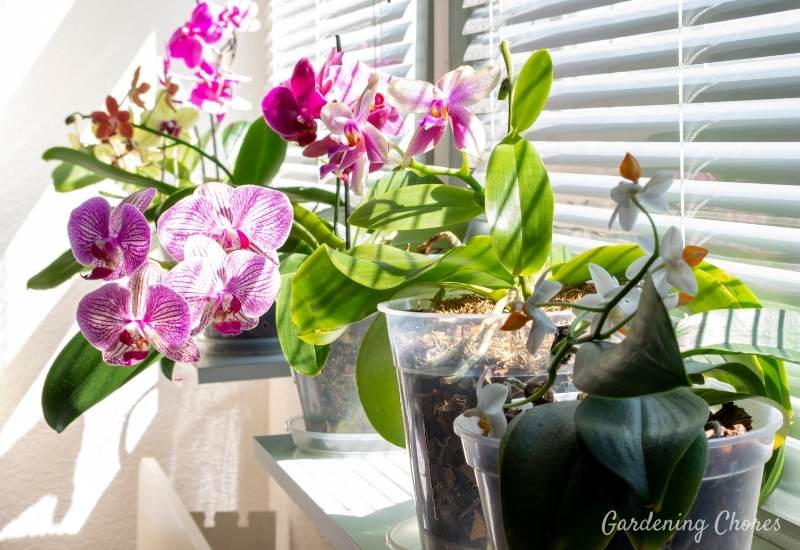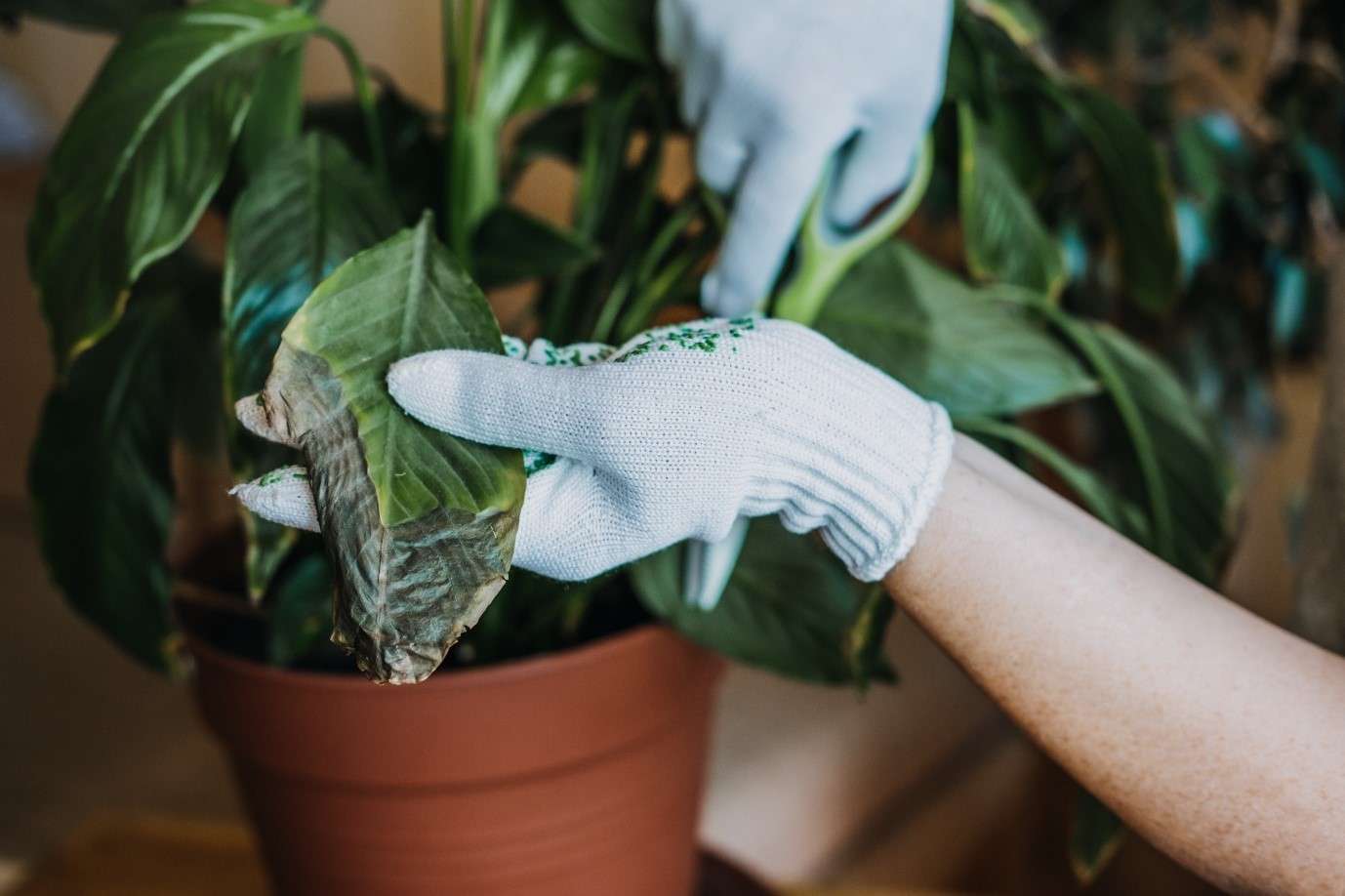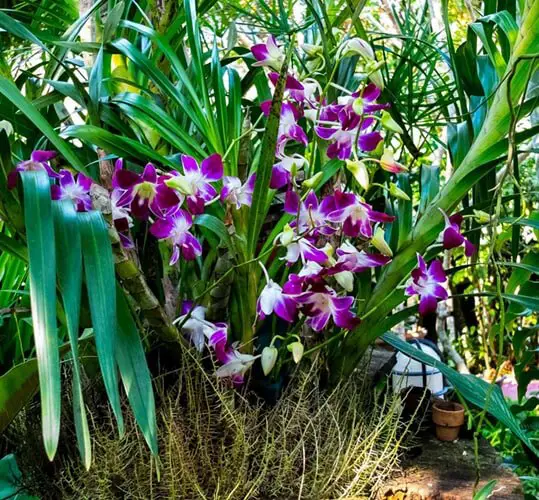Understanding the Sunlight Requirements of Orchids
Orchids are one of the most diverse and widespread plant families, with over 30,000 species found in almost every corner of the globe. Despite their incredible variety, all orchids share a common need for sunlight to undergo photosynthesis and thrive. However, the answer to the question “do orchids need full sun” is not a simple yes or no. In fact, the amount of sunlight an orchid requires depends on various factors, including the type of orchid, its native habitat, and the time of day.
While some orchids can tolerate full sun, others prefer bright, indirect light. For example, Phalaenopsis orchids, commonly known as moth orchids, can thrive in low-light conditions and may even suffer from too much direct sunlight. On the other hand, Vanda orchids, which are native to tropical regions, require full sun to partial shade to bloom and grow well.
Providing the right amount of sunlight for an orchid is crucial for its growth, blooming, and overall health. Insufficient light can lead to weak and spindly growth, while too much light can cause sunburn, leaf scorch, and root damage. Therefore, it’s essential to understand the specific sunlight requirements of your orchid and adjust its placement accordingly.
So, do orchids need full sun? The answer is, it depends on the type of orchid and its individual needs. By understanding the unique sunlight requirements of your orchid, you can provide it with the perfect amount of light to thrive and enjoy its beautiful blooms.
The Different Types of Orchids and Their Sunlight Needs
With over 30,000 species of orchids, it’s no surprise that their sunlight requirements vary greatly. While some orchids can thrive in full sun, others prefer bright, indirect light. Understanding the specific sunlight needs of your orchid is crucial to providing the right conditions for growth and blooming.
Phalaenopsis orchids, for example, are commonly known as moth orchids and can tolerate low-light conditions. They can thrive in east- or west-facing windows and can even do well in rooms with limited natural light. On the other hand, Vanda orchids, which are native to tropical regions, require full sun to partial shade to bloom and grow well.
Dendrobium orchids, which are known for their long-lasting flowers, prefer bright, indirect light. They can do well in south-facing windows, but may require shading during peak sun hours to prevent sun damage. Oncidium orchids, which are known for their delicate flowers, prefer bright, indirect light and can do well in east- or west-facing windows.
It’s also important to note that some orchids, such as Paphiopedilum and Miltonia, prefer high light levels, but may require shading during peak sun hours to prevent sun damage. These orchids can do well in south-facing windows, but may require sheer curtains or other forms of shading to filter the intense sunlight.
When considering the sunlight needs of your orchid, it’s also important to think about the time of day and season. During the summer months, when the sun is strongest, it may be necessary to provide additional shading to prevent sun damage. During the winter months, when the sun is weaker, it may be necessary to provide additional light to promote growth and blooming.
So, do orchids need full sun? The answer is, it depends on the type of orchid and its individual needs. By understanding the specific sunlight requirements of your orchid, you can provide it with the perfect amount of light to thrive and enjoy its beautiful blooms.
How to Determine the Right Amount of Sunlight for Your Orchid
Determining the right amount of sunlight for your orchid can be a bit tricky, but there are a few ways to assess the light levels in your home or greenhouse. One way is to use a light meter, which can measure the intensity of the light in a given area. This can be especially useful if you’re trying to determine the best spot for your orchid in a room with varying light levels.
Another way to assess the light levels is to observe the shadows. If the shadows are sharp and defined, it’s likely that the area is receiving direct sunlight. If the shadows are soft and diffuse, it’s likely that the area is receiving indirect sunlight. By observing the shadows, you can get a sense of the overall light levels in a given area.
It’s also important to consider the time of day and season when determining the right amount of sunlight for your orchid. During the summer months, when the sun is strongest, it may be necessary to provide additional shading to prevent sun damage. During the winter months, when the sun is weaker, it may be necessary to provide additional light to promote growth and blooming.
When it comes to providing the right amount of sunlight for your orchid, it’s all about finding a balance. While some orchids can tolerate full sun, others prefer bright, indirect light. By understanding the specific sunlight requirements of your orchid and adjusting the light levels accordingly, you can help ensure that your orchid receives the right amount of sunlight to thrive.
So, do orchids need full sun? The answer is, it depends on the type of orchid and its individual needs. By using a light meter, observing the shadows, and considering the time of day and season, you can determine the right amount of sunlight for your orchid and provide it with the perfect conditions for growth and blooming.
The Risks of Too Much Sunlight: How to Prevent Sun Damage
While sunlight is essential for orchid growth and blooming, too much sunlight can be detrimental to their health. Sun damage can cause a range of problems, including sunburn, leaf scorch, and root damage. In extreme cases, it can even lead to the death of the plant.
So, how can you prevent sun damage and ensure that your orchid receives the right amount of sunlight? One way is to use sheer curtains or shades to filter the sunlight and prevent it from becoming too intense. This is especially important during peak sun hours, when the sun’s rays are strongest.
Another way to prevent sun damage is to provide shade for your orchid during the hottest part of the day. This can be done by moving the plant to a shadier location or by using a shade cloth to block out the direct sunlight.
It’s also important to monitor the temperature of your orchid’s environment and ensure that it’s not getting too hot. Most orchids prefer daytime temperatures between 65-75°F (18-24°C) and nighttime temperatures around 55-65°F (13-18°C). If the temperature gets too high, it can cause sun damage and other problems.
In addition to these measures, you can also use other techniques to prevent sun damage, such as using a UV-filtering window film or providing a layer of mulch around the base of the plant to reflect excess sunlight.
By taking these precautions, you can help prevent sun damage and ensure that your orchid receives the right amount of sunlight to thrive. Remember, the key is to find a balance between providing enough light for growth and preventing sun damage.
Providing the Perfect Amount of Sunlight: Tips and Tricks
Providing the perfect amount of sunlight for your orchid can be a challenge, but with the right tips and tricks, you can ensure that your plant receives the light it needs to thrive. One of the most important things to consider is the type of orchid you have and its specific sunlight requirements.
For example, Phalaenopsis orchids can tolerate low light conditions, while Vanda orchids require full sun to partial shade. By understanding the specific sunlight needs of your orchid, you can provide it with the right amount of light to promote healthy growth and blooming.
Another way to provide the perfect amount of sunlight for your orchid is to use grow lights. Grow lights can be especially useful for orchids that require high light levels, such as Vanda and Dendrobium. By using grow lights, you can provide your orchid with the light it needs to thrive, even in low-light conditions.
South-facing windows are also an excellent way to provide sunlight for your orchid. These windows receive direct sunlight for most of the day, making them ideal for orchids that require high light levels. However, be sure to provide shade for your orchid during peak sun hours to prevent sun damage.
Outdoor shading is another option for providing sunlight for your orchid. By placing your orchid in a shaded area outdoors, you can provide it with the light it needs to thrive while protecting it from direct sunlight.
Monitoring and adjusting the sunlight levels is also crucial to providing the perfect amount of sunlight for your orchid. By keeping an eye on the light levels and adjusting them as needed, you can ensure that your orchid receives the right amount of light to promote healthy growth and blooming.
So, do orchids need full sun? The answer is, it depends on the type of orchid and its individual needs. By understanding the specific sunlight requirements of your orchid and using the right tips and tricks, you can provide it with the perfect amount of sunlight to thrive.
Common Mistakes to Avoid When Providing Sunlight for Orchids
When it comes to providing sunlight for orchids, there are several common mistakes to avoid. One of the most common mistakes is placing orchids in direct sunlight for too long. While some orchids can tolerate full sun, others prefer bright, indirect light. Placing an orchid in direct sunlight for too long can cause sunburn, leaf scorch, and root damage.
Another common mistake is not providing enough light during the winter months. Many orchids require more light during the winter months to compensate for the shorter days and lower light levels. Failing to provide enough light during this time can cause the orchid to become leggy and weak.
Not adjusting the amount of sunlight based on the time of day and season is also a common mistake. As the seasons change, the amount of sunlight that enters your home or greenhouse also changes. Failing to adjust the amount of sunlight accordingly can cause the orchid to become stressed and potentially lead to disease or pest problems.
Using the wrong type of window or shade is also a common mistake. Some windows and shades can filter out too much of the sun’s rays, causing the orchid to receive too little light. Others can allow too much direct sunlight, causing the orchid to become scorched.
Finally, not monitoring the orchid’s response to different sunlight levels is a common mistake. Every orchid is different, and what works for one orchid may not work for another. By monitoring the orchid’s response to different sunlight levels, you can adjust the amount of sunlight accordingly and ensure that the orchid receives the right amount of light to thrive.
By avoiding these common mistakes, you can provide your orchid with the right amount of sunlight to promote healthy growth and blooming. Remember, the key is to find a balance between providing enough light for growth and preventing sun damage.
Creating a Sunlight-Friendly Environment for Your Orchid
Creating a sunlight-friendly environment for your orchid is crucial to providing the right amount of sunlight for optimal growth and blooming. One way to do this is to use mirrors and reflective surfaces to bounce sunlight onto the orchid. This can be especially useful for orchids that require high light levels, such as Vanda and Dendrobium.
Another way to create a sunlight-friendly environment is to use light-diffusing materials, such as sheer curtains or shade cloth. These materials can filter out intense sunlight and provide a more gentle, diffused light that is perfect for orchids that prefer bright, indirect light.
Using a combination of mirrors, reflective surfaces, and light-diffusing materials can help create a sunlight-friendly environment that meets the specific needs of your orchid. By experimenting with different materials and arrangements, you can find the perfect balance of light and shade to promote healthy growth and blooming.
In addition to using mirrors, reflective surfaces, and light-diffusing materials, you can also consider the color and texture of the surfaces in your orchid’s environment. Light-colored surfaces, such as white or cream, can reflect sunlight and provide a brighter environment, while dark-colored surfaces, such as black or green, can absorb sunlight and provide a more shaded environment.
By considering the specific needs of your orchid and creating a sunlight-friendly environment, you can provide the perfect amount of sunlight for optimal growth and blooming. Remember, the key is to find a balance between providing enough light for growth and preventing sun damage.
Conclusion: Finding the Sweet Spot for Your Orchid’s Sunlight Needs
Finding the perfect amount of sunlight for your orchid is a delicate balance between providing enough light for growth and preventing sun damage. While the answer to “do orchids need full sun” is not a simple yes or no, understanding the specific sunlight requirements of your orchid type is crucial. By assessing the sunlight in your home or greenhouse, adjusting the amount of sunlight based on the time of day and season, and taking steps to prevent sun damage, you can create a sunlight-friendly environment that fosters healthy growth and blooming.
Remember, every orchid is unique, and what works for one may not work for another. Experimenting with different sunlight levels and observing your orchid’s response is key to finding the sweet spot. Don’t be afraid to try new approaches and adjust your strategy as needed. With patience and attention to detail, you can unlock the secrets of orchid care and provide your plant with the perfect amount of sunlight to thrive.
By following the tips and guidelines outlined in this article, you’ll be well on your way to becoming an orchid expert and providing your plant with the ideal amount of sunlight. Whether you’re a seasoned grower or just starting out, the art of orchid care is a journey worth taking. So, go ahead, get creative, and find the perfect balance of sunlight for your orchid. With a little practice and patience, you’ll be enjoying beautiful blooms and a thriving plant in no time.








